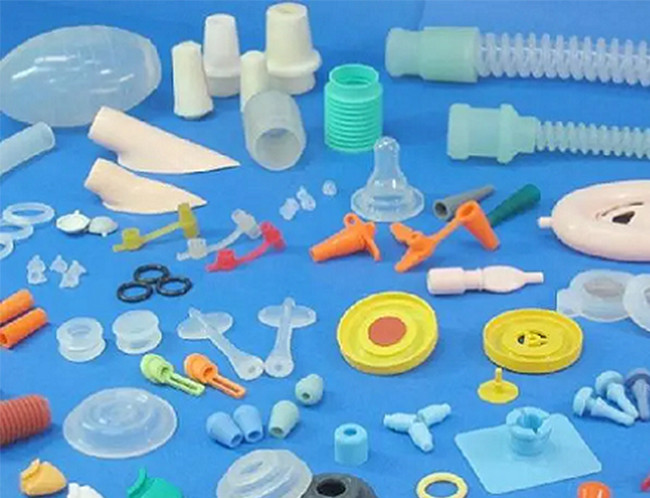what is platinum cured silicone?
- Share
- publisher
- siliconeplus editor
- Issue Time
- Sep 30,2024
Summary
Platinum-cured silicone uses a platinum catalyst for cross-linking, offering high purity, excellent mechanical properties, and superior stability over other curing methods.

what is platinum cured silicone?

Platinum-Cured Silicone refers to a type of silicone rubber that is cross-linked (cured) using a platinum-based catalyst. This curing process, also known as addition curing or hydrosilylation, involves a chemical reaction where silicon-hydrogen bonds react with vinyl groups in the presence of a platinum catalyst to form a stable, elastomeric network. Platinum-cured silicones are renowned for their high purity, excellent mechanical properties, and superior stability compared to other curing methods.
Key Characteristics
High Purity and Biocompatibility:
Non-Toxic: Platinum-cured silicones are free from peroxide residues and other by-products, making them suitable for medical, pharmaceutical, and food-grade applications.
Biocompatible: They are often used in implants, prosthetics, and devices that require direct contact with the human body.
Superior Mechanical Properties:
Elasticity and Flexibility: These silicones maintain their flexibility over a wide temperature range.
Durability: They exhibit excellent resistance to tearing, compression set, and abrasion.
Thermal Stability:
Wide Temperature Range: Platinum-cured silicones can withstand extreme temperatures, typically from -50°C to +250°C (-58°F to +482°F).
Dimensional Stability: They maintain their shape and properties without significant degradation over time.
Chemical Resistance:
Inertness: Resistant to oils, solvents, and many chemicals, making them ideal for harsh environments.
Low Reactivity: Minimizes the risk of unwanted chemical reactions in sensitive applications.
Transparency and Aesthetic Qualities:
Clarity: Can be produced in transparent forms, useful for applications requiring visibility.
Color Stability: Resistant to discoloration from UV light and other environmental factors.


Medical Devices:
Implants: Such as breast implants and catheters.
Prosthetics: Providing comfort and flexibility.
Sealants and Gels: Used in various medical sealing applications.
Cosmetics and Personal Care:
Skin Contact Products: Including masks, adhesives, and applicators.
Hair Care Tools: Such as high-quality hair extensions and styling tools.
Electronics:
Encapsulation: Protecting sensitive electronic components.
Sealing: Providing waterproofing and protection against environmental factors.
Automotive and Aerospace:
Sealants and Gaskets: Ensuring airtight and watertight seals.
Flexible Molds: For producing various components.
Food Industry:
Food-Grade Sealants: Ensuring compliance with hygiene standards.
Molds for Food Production: Such as chocolate molds and baking tools.
Advantages Over Other Curing Methods
No By-Products: Unlike peroxide-cured silicones, platinum curing does not produce volatile by-products, making it safer for sensitive applications.
Enhanced Purity: The absence of curing by-products results in a purer material, essential for medical and food-related uses.
Faster Curing Times: Typically, platinum curing can achieve desired properties more quickly, improving manufacturing efficiency.
Greater Precision: Allows for better control over the curing process, leading to more consistent material properties.
Considerations and Limitations
Cost: Platinum catalysts are more expensive than peroxide-based systems, potentially increasing production costs.
Sensitivity: The curing process can be sensitive to contaminants and requires careful handling to prevent catalyst deactivation.
Limited Shelf Life: Silicone formulations with platinum catalysts may have a shorter shelf life and require specific storage conditions.
Conclusion
Platinum-cured silicone stands out due to its exceptional purity, mechanical strength, and versatility, making it a preferred choice in high-performance applications across various industries. Its ability to maintain properties under demanding conditions ensures its continued relevance in fields that require reliable and high-quality silicone materials.